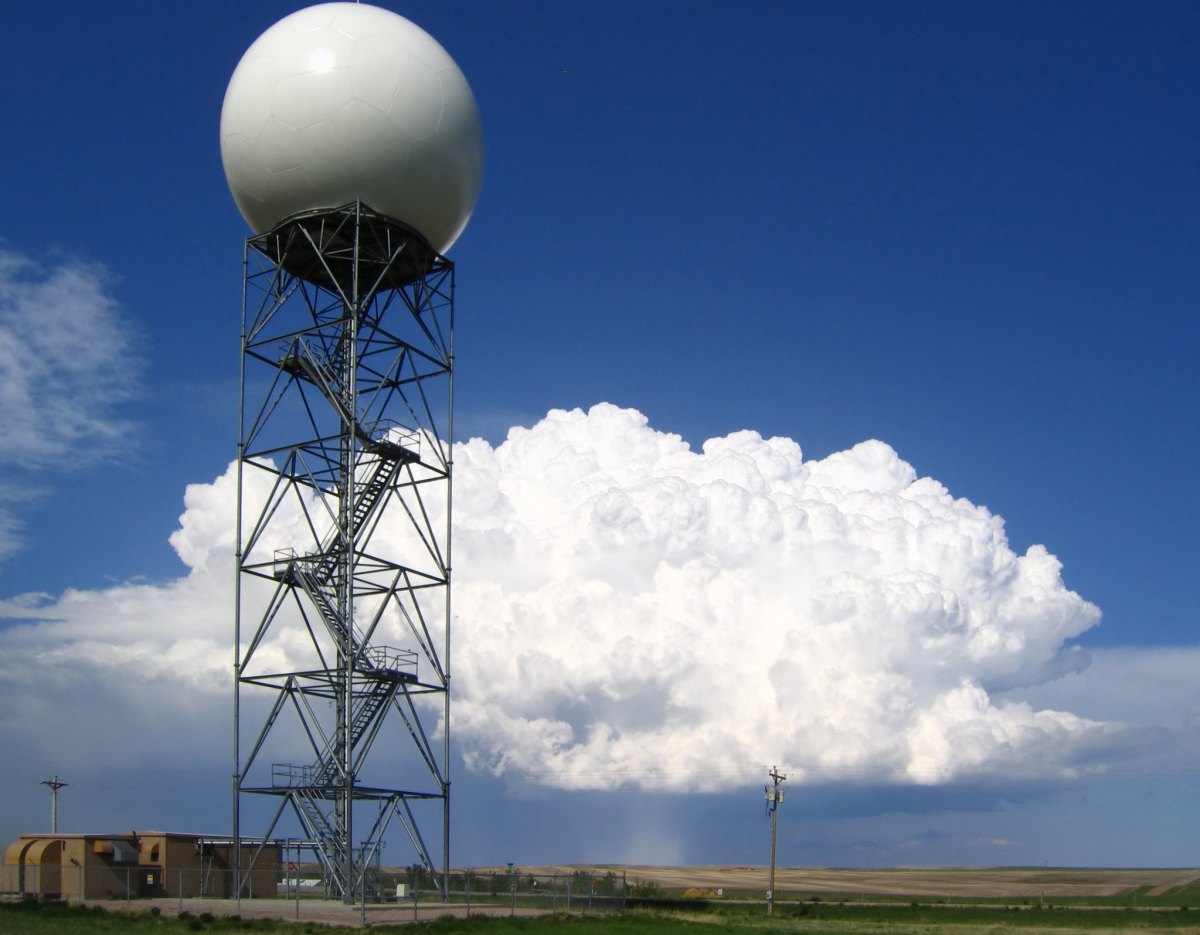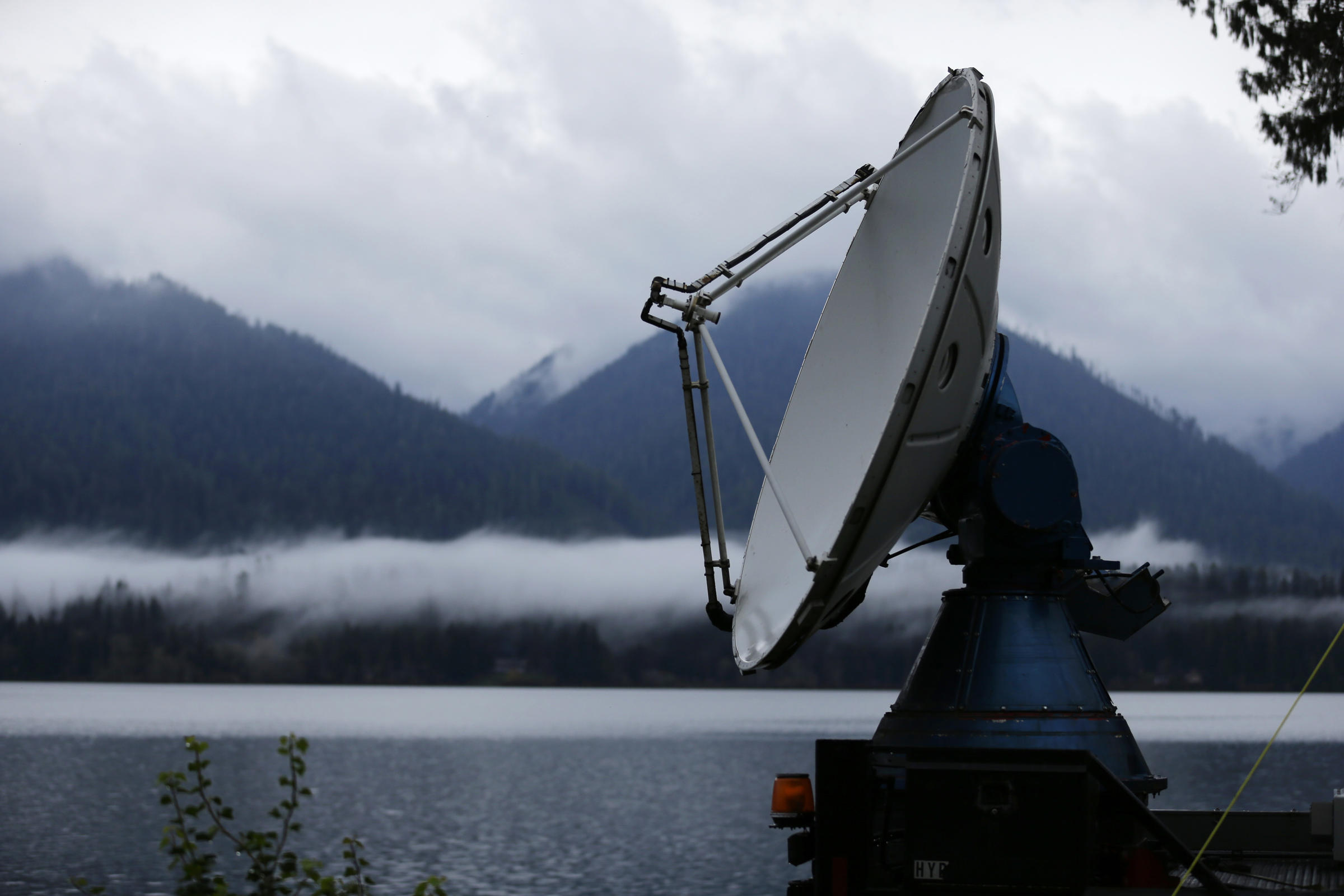Overview of Weather Radar Technology

Weather radar, an advanced remote sensing technology, is a cornerstone of modern weather forecasting and meteorological research. It allows meteorologists to detect and measure precipitation, providing valuable insights into the structure, intensity, and movement of storms.
Weather radar, a guardian of skies, scans the vast expanse, unveiling the secrets of precipitation. Its watchful gaze paints a vivid tapestry of rain and snow, predicting the unpredictable. For a real-time glimpse into the atmospheric ballet, venture into the realm of live weather radar , where every blip and swirl unravels the ever-changing story of the weather.
Principles of Weather Radar
Weather radar operates on the principle of electromagnetic wave scattering. A radar system transmits a beam of microwave radiation into the atmosphere. When these microwaves encounter precipitation particles, such as raindrops or snowflakes, they are scattered in all directions. A portion of the scattered energy is reflected back towards the radar antenna, where it is received and processed.
Weather radar, a beacon of hope in the storm, paints a canvas of precipitation patterns, guiding us through treacherous downpours. Yet, for those who venture beyond the beaten path, the beryl path tracker offers a lifeline, charting the course of elusive storms that threaten our shores.
As we navigate the ever-changing skies, weather radar remains our steadfast sentinel, providing solace and clarity in the face of nature’s unpredictable wrath.
Types of Weather Radar Systems
There are several types of weather radar systems, each with its own capabilities and applications:
- Doppler radar measures the velocity of precipitation particles, providing information about wind patterns and storm dynamics.
- Dual-polarization radar distinguishes between different types of precipitation, such as rain, hail, and snow, based on the polarization of the reflected signals.
- Phased-array radar uses multiple antennas to electronically steer the radar beam, enabling rapid scanning and high-resolution imaging.
Advantages and Limitations of Weather Radar
Weather radar offers several advantages for weather forecasting:
- Real-time monitoring: Provides up-to-date information on precipitation patterns and storm movements.
- Early warning: Detects and tracks storms, allowing for timely warnings and evacuation orders.
- Storm analysis: Helps meteorologists understand the structure and intensity of storms, improving forecasts and research.
However, weather radar also has limitations:
- Attenuation: Precipitation can absorb and scatter radar signals, reducing their range and accuracy.
- Clutter: Non-meteorological objects, such as birds, insects, and buildings, can interfere with radar signals.
- Limited spatial resolution: Radar beams have a finite width, which can lead to difficulties in resolving small-scale features.
Applications of Weather Radar

Weather radar is an indispensable tool in meteorology and various other fields, providing valuable insights into the dynamics of weather systems and enabling accurate forecasts. Its applications extend across diverse industries, from aviation and shipping to research and scientific studies.
Tracking and Forecasting Weather Phenomena
Weather radar plays a crucial role in tracking and forecasting a wide range of weather phenomena, including rain, snow, hail, and thunderstorms. By analyzing the intensity and movement of precipitation particles, meteorologists can determine the location, size, and severity of these weather events. This information is vital for issuing timely warnings, allowing people to take appropriate precautions and stay safe.
Aviation and Shipping, Weather radar
In aviation, weather radar is an essential safety device. It helps pilots avoid hazardous weather conditions, such as thunderstorms, turbulence, and icing, by providing real-time information about precipitation patterns and intensity. Similarly, in shipping, weather radar assists mariners in navigating safely through storms and other adverse weather conditions.
Research and Scientific Studies
Weather radar is also extensively used in research and scientific studies. It provides valuable data for understanding the dynamics of weather systems, including the formation, evolution, and movement of clouds, precipitation, and other meteorological phenomena. This information contributes to advancements in weather forecasting, climate modeling, and atmospheric science.
Interpreting Weather Radar Data
Weather radar data provides valuable insights into weather patterns and conditions. Interpreting these images effectively requires an understanding of the radar’s principles and the characteristics of different weather phenomena. By recognizing the patterns and signatures displayed on the radar, meteorologists and weather enthusiasts can make informed decisions about impending weather conditions.
Identifying Weather Patterns
Weather radar images display a range of colors and intensities that correspond to the strength and type of precipitation. Lighter colors, such as green or yellow, indicate light rain or drizzle, while darker colors, such as red or magenta, represent heavier precipitation, such as thunderstorms or hail. The shape and movement of these patterns can provide clues about the type of weather system approaching. For example, a long, narrow band of precipitation moving eastward typically indicates a cold front, while a large, circular pattern may suggest a thunderstorm or tropical cyclone.
Using Weather Radar Data
Weather radar data can be used to make informed decisions about weather conditions, such as planning outdoor activities, preparing for severe weather, or adjusting travel routes. By monitoring the movement and intensity of precipitation, individuals can avoid hazardous conditions and stay safe. Additionally, weather radar data is used by meteorologists to issue weather forecasts and warnings, ensuring timely and accurate weather information.
Limitations of Weather Radar Data
Despite its usefulness, weather radar data has certain limitations. Radar signals can be blocked by obstacles such as mountains or tall buildings, resulting in blind spots where precipitation may not be detected. Additionally, radar can only detect precipitation particles, so it cannot provide information about other weather elements such as temperature or wind speed. It is important to consider these limitations when interpreting weather radar data and to supplement it with other weather information sources.